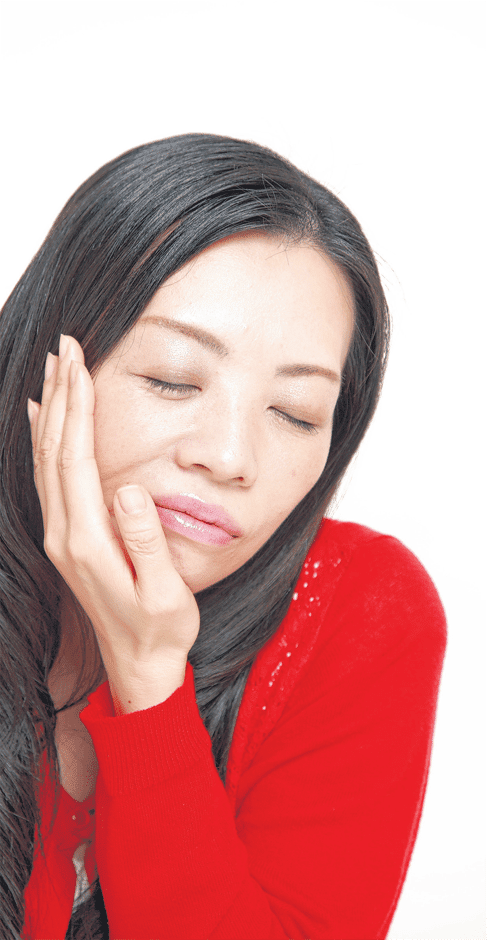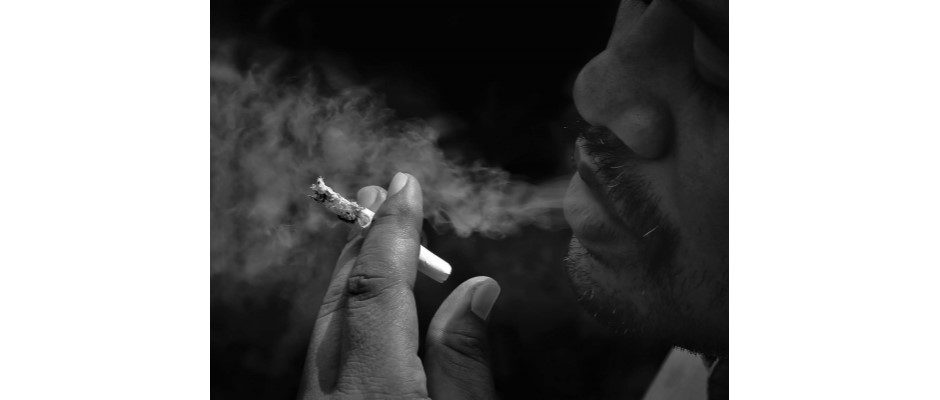
[This piece was written by Anne Lawton, RN, community liaison, St. Peter’s Cancer Care Center.]
When the weather improves, everyone wants to go outside and enjoy the sunshine. Now is a great time to encourage people to take care of their skin. A sun burn may be uncomfortable for a few days, but the effects can last a lifetime.
There are several ways to protect your skin from sun damage from ultraviolet rays. UVA rays penetrate deep into the skin and can cause premature aging. UVB rays mostly affect the surface of the skin and are the cause of sunburns. Both types are linked to skin cancer.
If you are outside during the peak hours for sun exposure, 10 a.m. to 4 p.m., the following is strongly recommended:
- Use a broad spectrum (UVA and UVB) sunscreen of 30 SPF or higher and apply frequently to all sun-exposed areas. Sunscreen takes minutes to apply and is the key to keeping your skin healthy.
- Wear a hat to protect your face, head, ears, and neck.
- Wear a UV guard, long sleeve shirt. Most are light, comfortable and easy to wear in the water or while participating in outdoor activities.
It’s important to have a full skin check by a medical professional once a year. It is also good to check your own skin monthly to see if there are any changes. Pay close attention to areas of sun exposure, such as your face, neck, shoulders, hands and ears.
The types of skin cancer to watch for include:
BASAL CELL CARCINOMA
This is the most common type of skin cancer. It appears as a flesh colored or pearl like bump. It can develop after years of sun exposure or indoor tanning.
SQUAMOUS CELL CARCINOMA
This is the second most common type of skin cancer and found on areas of skin exposed to sun. It looks like a red, firm bump; scaly patch; or sore that heals and then re-opens.
MELANOMA
The deadliest form of skin cancer. It develops in a mole or appears as a new dark spot on your skin. Early diagnosis is crucial.
Know your ABCDE signs to spot skin cancer:
- Asymmetrical
- Irregular Border
- Color other than brown
- Diameter larger than an eraser head
- Evolving over time.
Who is at risk for skin cancer? Everyone. Risk factors include having fair skin and freckles, red or blonde hair, blue eyes, sun exposure with three or more blistering sun burns as a child, multiple moles, as well as a history or family history of skin cancer.
Finally, remember to AVOID tanning beds. They have been proven to cause skin cancer, especially the most deadly form, melanoma. For more information on the dangers of tanning beds, visit: https://www.cdc.gov/cancer/skin/burningtruth/
If you have questions, please call St. Peter’s Hospital Cancer Line at (518) 525-1827. Be skin safe and have a great summer!





